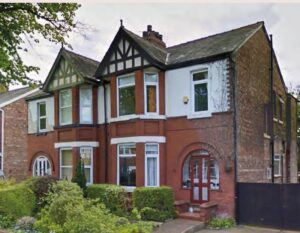Houses
Type, Form and Profile
Introduction
The type, form and profile of a building has a dramatic effect on how it sits within its setting, and should seek to be complementary to the surroundings, particularly in historic environments.
The rhythm and repetition of a group of houses on a street or around an open space can create a striking visual identityThe identity or character of a place comes from the way that buildings, streets and spaces, landscape and infrastructure combine together and how people experience them. More. Form is also important for the functionality of a building, with projecting elements in the facade or roof creating additional spaces or maximising light into a property.
Features of housing type, form and profile
- Housing form must reflect the local vernacular
- Well-articulated facades should incorporate recessed and projecting elements
- Continue local building lines
- Reference should be made to local materials, and the height and width of neighbouring properties
- Proposed roof types should be informed by context
HTFP 1
Housing type, form and scale relevant to context
Housing type, form and scale must respect that of existing housing within the immediate site context. The design of houses must be coherent, legible and the facade design must reflect the typology proposed.
Developments within existing places will be required to respect the established house type, form and profile in the contextThe context includes the immediate surroundings of the site, the neighbourhood in which it sits and the wider setting. The context may include the physical surroundings of topography, movement patterns and infrastructure, built form and uses. An understanding of the context, history and character of an area must influence the siting and design of new development. More of the site. Schemes for multiple houses in ‘New Places’ may be influenced by the wider context. Contrived designs which seek to maximise floorspace such as seeking to deliver three storeys of accommodation within a two storey shell should be avoided.
Applicants should demonstrate in their submission how this element of the code has been complied with.
Development types:
- Infill house projects on streets where there is a dominant housing typeTypes of housing can include: 1) House (detached, semi-detached, terraced); 2) Bungalow; and 3) Apartment. More already established should replicate this type unless there is a strong justification to achieve different objectives
Area types:
- In New Places the contextThe context includes the immediate surroundings of the site, the neighbourhood in which it sits and the wider setting. The context may include the physical surroundings of topography, movement patterns and infrastructure, built form and uses. An understanding of the context, history and character of an area must influence the siting and design of new development. More for new development may be able to be drawn more widely where there will be a complete change in characterCharacter includes all of the elements that go to make a place, how it looks and feels, its geography and landscape, its noises and smells, activity, people and businesses. This character should be understood as a starting point for all development. Character can be understood at three levels; the area type in which the site sits, its surroundings and the features of the site. More to the immediate surroundings as a result of the development.
Documents required:
- Context characterCharacter includes all of the elements that go to make a place, how it looks and feels, its geography and landscape, its noises and smells, activity, people and businesses. This character should be understood as a starting point for all development. Character can be understood at three levels; the area type in which the site sits, its surroundings and the features of the site. More appraisal (may form part of the Design and Access Statement)
Examples of referencing common housing types in Trafford

A modern interpretation of the classic ‘Trafford Twin’ Edwardian semi-detached housing style seen across the Borough. This typology is popular and offers efficient density, reduced noise transfer from habitable roomsAny room used or intended to be used for sleeping, cooking, living or eating purposes. More, car parking concealment, and landscaped garden opportunities.

This modern row of terraced houses references the common Victorian and Edwardian terraced housing in Trafford and uses local building materials, replicates boundary treatments and includes architectural features from the surrounding context, including bay windows and chimneys

This modern row of terraced houses references the common terraced housing in South Trafford and uses local building materials, replicates boundary treatments and includes architectural features from the surrounding context, including bay windows, roof pitch and gables.

These townhouses reflect the local common large villa typology seen throughout Trafford. The design incorporates local building materials, textures and colours in the facade. Boundaries use brick and hedge combination. The roof types, window detailsThe details of a building are the individual components and how they are put together. Some are a deliberate part of the appearance of a building, including doors, windows and their surrounds, porches, decorative features and ironmongery. Others are functional, although they can also contribute to the appearance of a building. These include lighting, flues and ventilation, gutters, pipes and other rainwater details. Detailing affects the appearance of a building or space and how it is experienced. It also affects how well it weathers and lasts over time. More and porch detail reference context in a modern form
Example of how modern housing can be designed to fit into and improve the street scene

Principles of contextual response to form and profile
Building type context


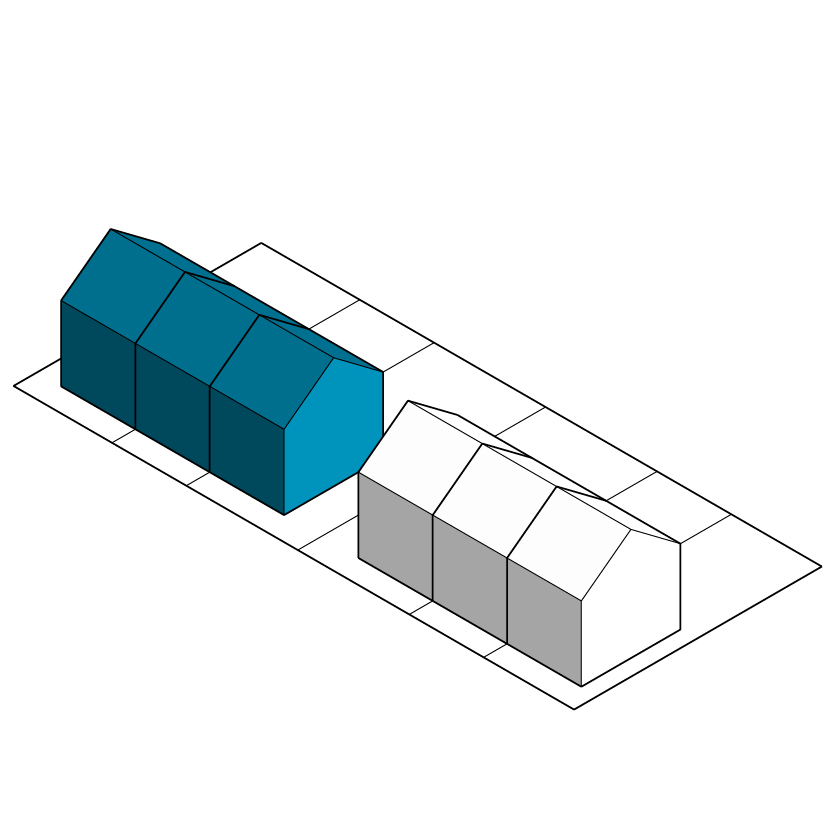
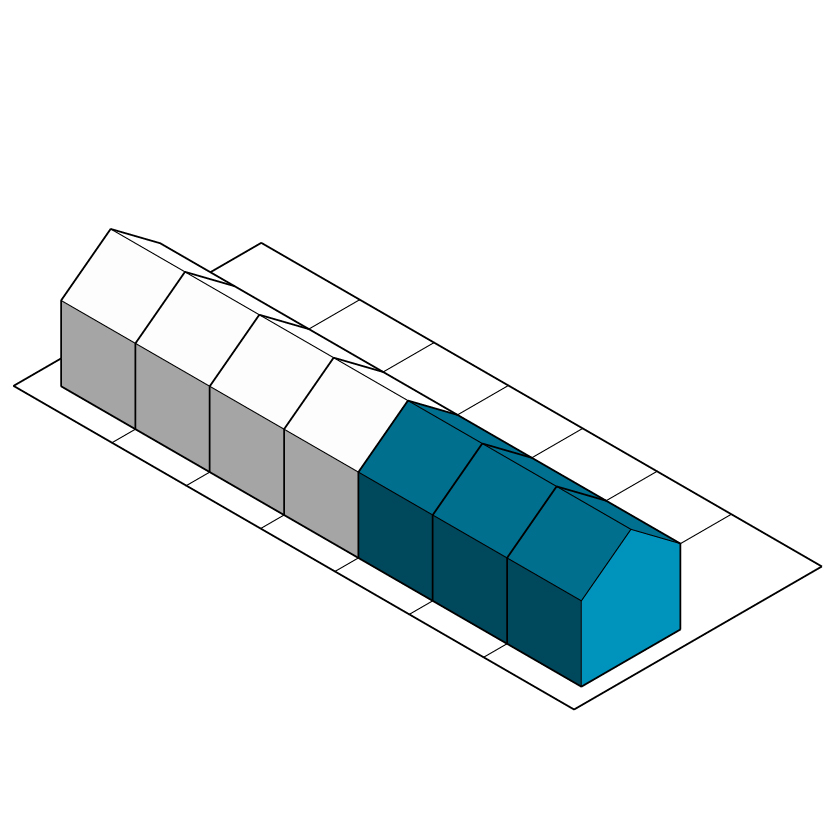
Building form context

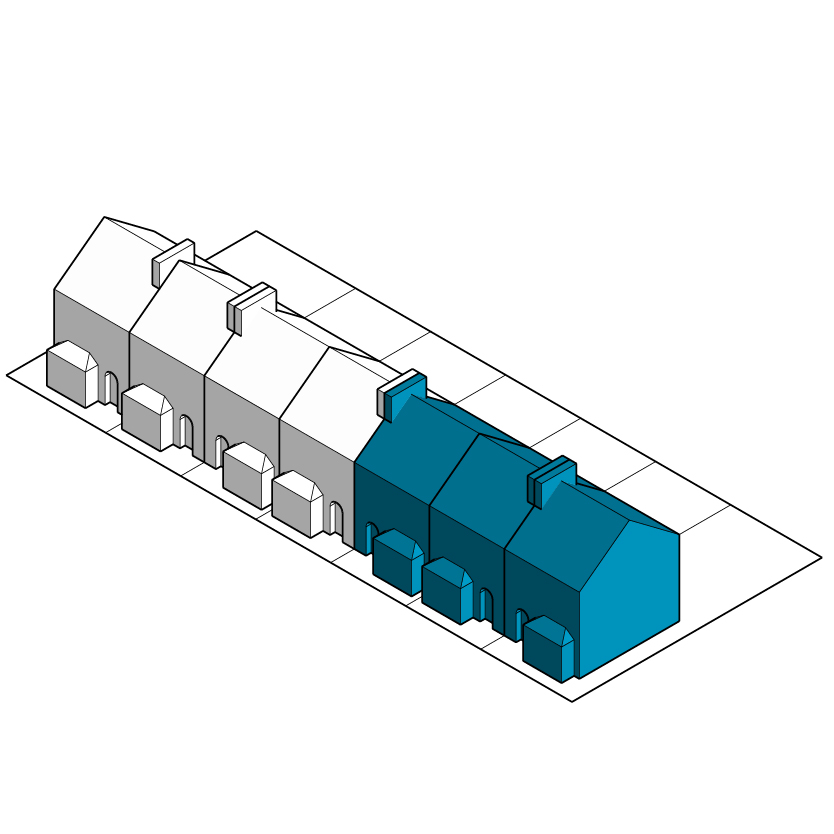

Building scale context
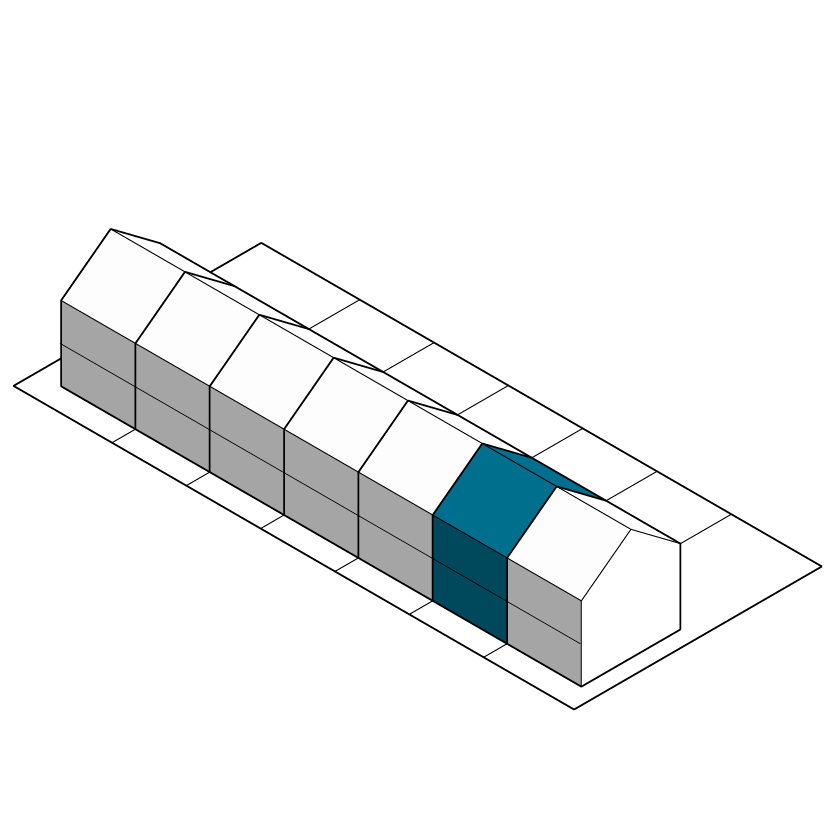

Examples of context from around Trafford
HTFP 2
Building line
Houses must follow building lines to create visual order to streets. Any variance of setback or projections from an established building line must be influenced by the existing context.
Strong building lines contribute to the characterCharacter includes all of the elements that go to make a place, how it looks and feels, its geography and landscape, its noises and smells, activity, people and businesses. This character should be understood as a starting point for all development. Character can be understood at three levels; the area type in which the site sits, its surroundings and the features of the site. More of Trafford by creating a rhythm and order to streets where no single building stands out. In low density and rural contextsThe context includes the immediate surroundings of the site, the neighbourhood in which it sits and the wider setting. The context may include the physical surroundings of topography, movement patterns and infrastructure, built form and uses. An understanding of the context, history and character of an area must influence the siting and design of new development. More, the visual characterCharacter includes all of the elements that go to make a place, how it looks and feels, its geography and landscape, its noises and smells, activity, people and businesses. This character should be understood as a starting point for all development. Character can be understood at three levels; the area type in which the site sits, its surroundings and the features of the site. More may be defined by an irregular building line with a large degree of variance to the size of set back from property boundaries.
The variance and extent of set backs or projections to a building line will be influenced by existing context as this will strengthen the characterCharacter includes all of the elements that go to make a place, how it looks and feels, its geography and landscape, its noises and smells, activity, people and businesses. This character should be understood as a starting point for all development. Character can be understood at three levels; the area type in which the site sits, its surroundings and the features of the site. More which may be made up of a strong or varied building line. New places provide an opportunity to create new building lines.
Applicants should demonstrate in their submission how this element of the code has been complied with.
Development types:
- For projects on established streets, identify the existing building line and demonstrate if the new proposal aligns with this or if deviates, justify this approach.
Area types:
- In New Places the contextThe context includes the immediate surroundings of the site, the neighbourhood in which it sits and the wider setting. The context may include the physical surroundings of topography, movement patterns and infrastructure, built form and uses. An understanding of the context, history and character of an area must influence the siting and design of new development. More for new development may be able to be drawn more widely where there will be a complete change in characterCharacter includes all of the elements that go to make a place, how it looks and feels, its geography and landscape, its noises and smells, activity, people and businesses. This character should be understood as a starting point for all development. Character can be understood at three levels; the area type in which the site sits, its surroundings and the features of the site. More to the immediate surroundings as a result of the development.
Documents required:
- Diagram showing how the building sits on a strong or varied building line. Code requirement signposted in the Design and Access Statement.
Examples of building lines in different context settings

High density suburbs and new places
High density urban areas are characterized by strong building lines with 0-2m building set backs.

Medium density suburbs and new places
Medium density suburbs still exhibit building lines although may be set back further from pavement to allow for landscape.

Low density suburbs and rural village
Building lines are more varied and less continuous in low density suburbs and rural areas
Example of building lines at corners
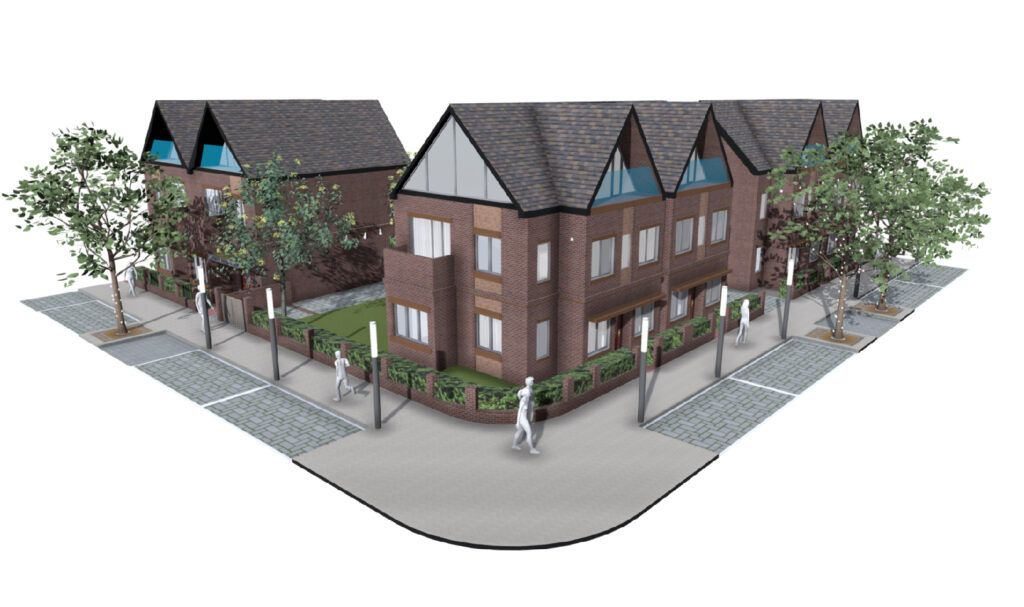
This example shows how a building line has been created on both streets using correct corner design with multiple street facing elevations. with projecting elements and slight variations of set back, the building line is not too rigid but strong enough to create a visual order to these streets
Examples of building lines
Strong building line

slightly varied line

Mixed building line

Corner building lines

HTFP 3
Roof types informed by local context
The roof types and profile must respect the context
The roof type should be predominantly influenced by the immediate context. In New Places, roof design should consider options for providing extra rooms, green roofs, future adaptation, storage, solar panels or other innovation. Dormers must be proportionate to the roof and rooflights must be well sited. Elements of interest such as hipped roofs, parapets, gables and chimneys to the roofscape are encouraged.
Applicants should demonstrate in their submission how this element of the code has been complied with.
Development types:
- For infill projects on streets with a strong rhythm of roof types established, demonstrate how the roof design will replicate or complement the rhythm of roofs on a street
Documents requested:
- Elevations
- Street scenes
- Code requirement signposted in the Design and Access Statement.
Examples of common roof types in Trafford
Gable Roofs in Trafford








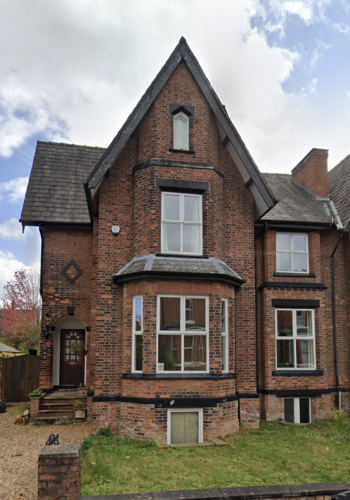


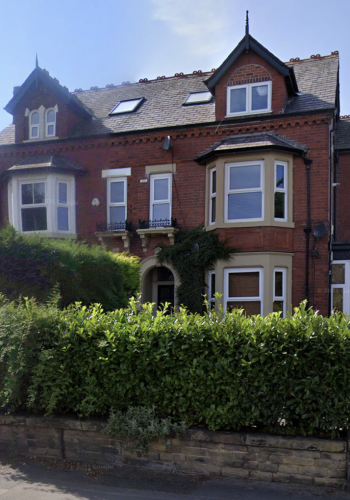
Hipped Roofs in Trafford











Principles of contextual response to roof form
Matching gable roofs

Matching hipped roofs

Mixed roof types
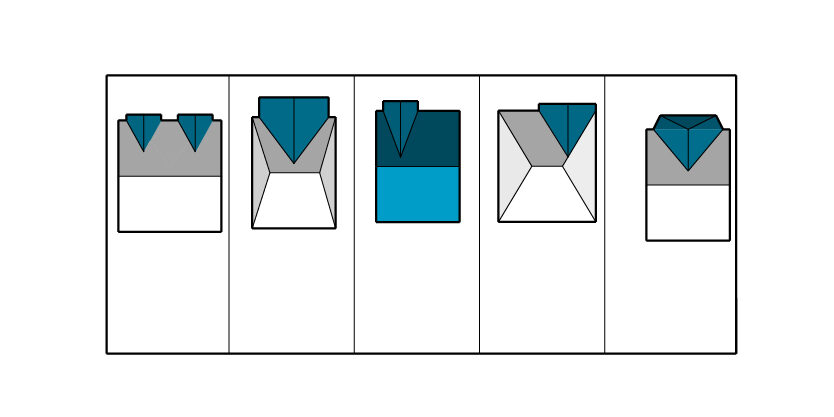
HTFP 4
Depth and articulation of facades
The form and profile of new houses must create depth and articulation, using the local context as reference
Building forms that are flat and featureless are not in keeping with the building form of most of Trafford’s places. Clusters of new houses that are featureless in form will be monotonous and visually uninteresting. Houses that are visually interesting will be better loved by owners and the wider community.
Designers should avoid flat, featureless and monotonous building forms and incorporate facades that project or recess. How and to what extent can be influenced by local context and the internal layouts of houses.
Developments that deliver an exceptionally high quality design through the use of an alternative design approach.
Applicants should demonstrate in their submission how this element of the code has been complied with.
Development types:
- For infill projects where recessed or projecting elements are already used in the street, demonstrate how this has influenced the design to continue this rhythm.
Documents required:
- Elevations
- Street scenes
- Facade design analysis diagrams highlighting the different elements of the facade
- Code requirement signposted in the Design and Access Statement.
Examples of using depth and articulation

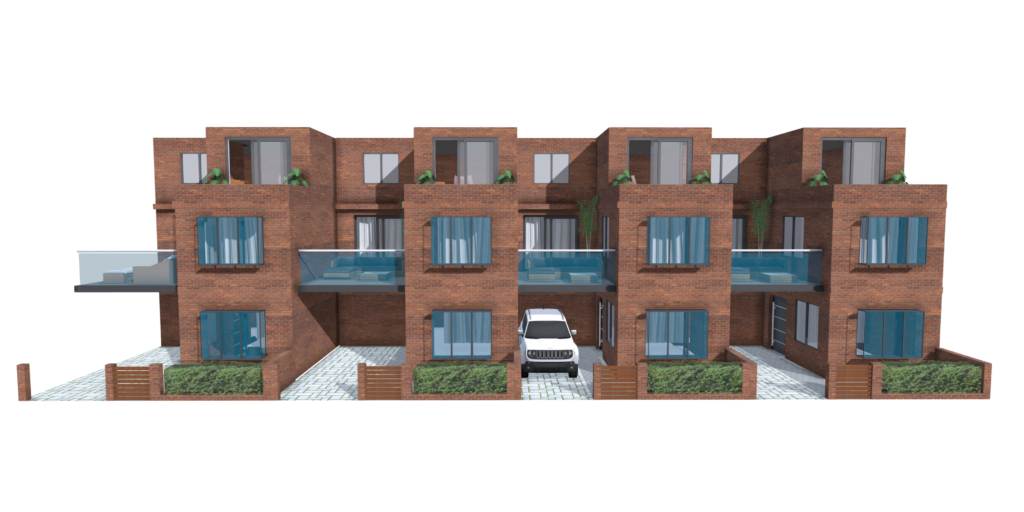



Examples of depth and articulation from Trafford
Projecting examples from Trafford


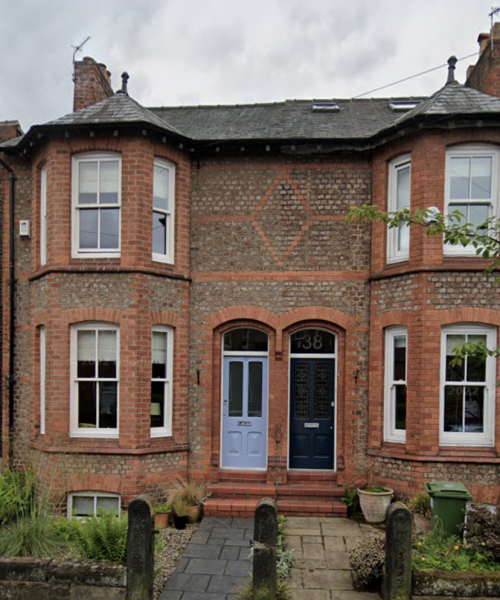



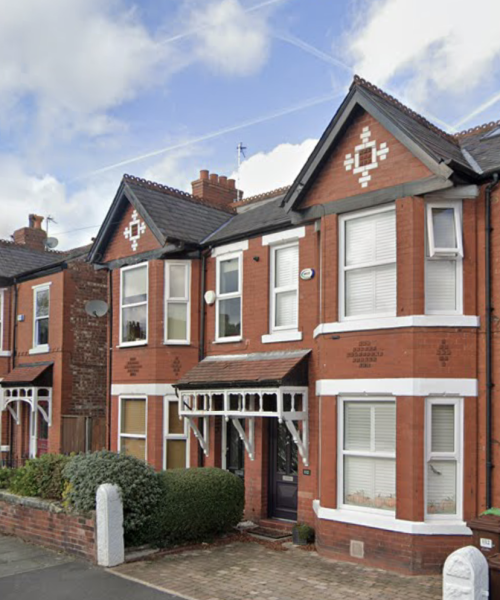











Recessed examples from Trafford






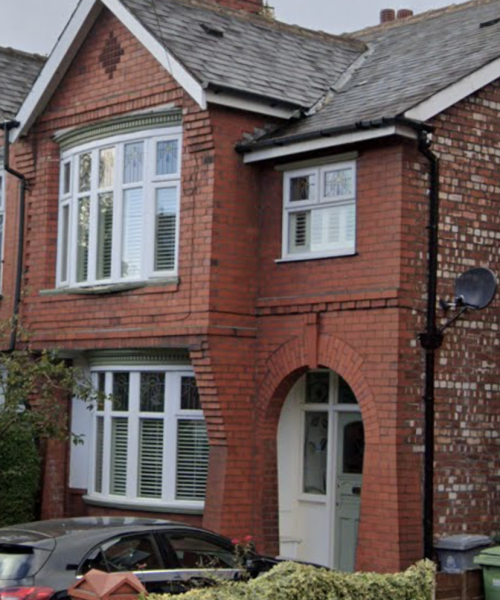

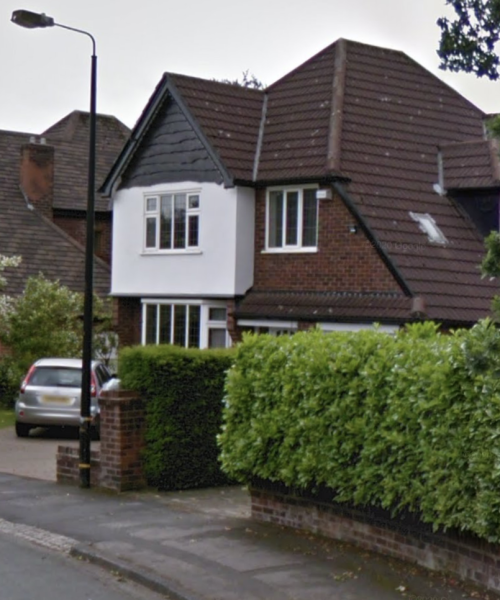
Examples of recessed elements






Examples of projecting elements

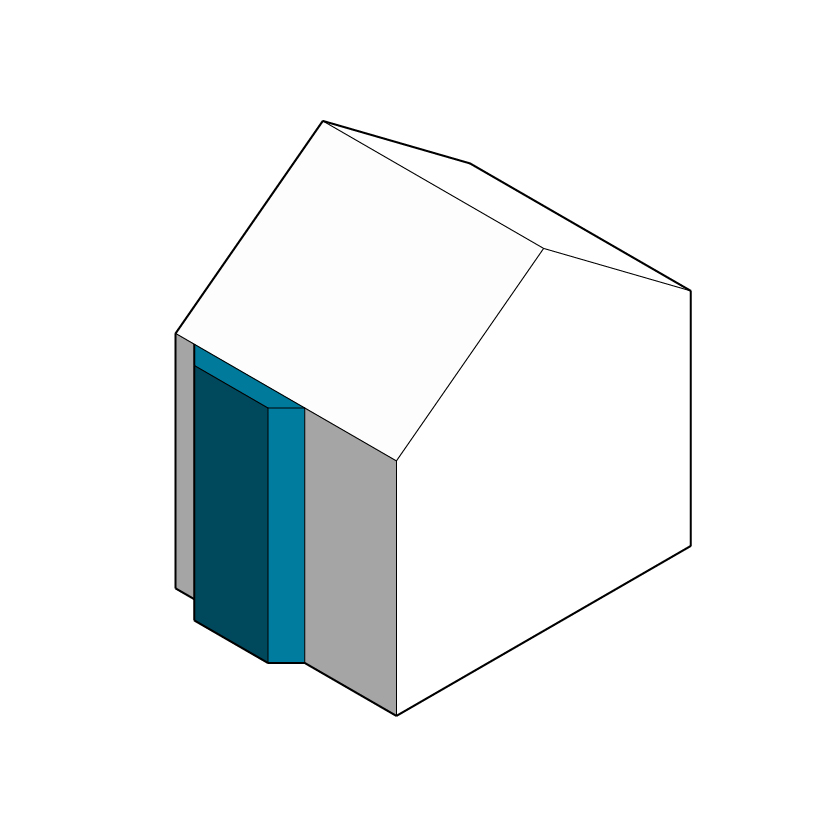




HTFP 5
Porch and entrance articulation
Entrances must be clearly articulated and expressed as an integral part of the overall house design.
Trafford’s places display a variety of attractive entrance designs, ranging from recessed arches to integrated porch designs. These help to define the characterCharacter includes all of the elements that go to make a place, how it looks and feels, its geography and landscape, its noises and smells, activity, people and businesses. This character should be understood as a starting point for all development. Character can be understood at three levels; the area type in which the site sits, its surroundings and the features of the site. More of houses and streets and should be continued.
Designers should consider how attractive and clearly articulated entrances are integrated into the design of the elevation from the start rather than being an afterthought. Simple design solutions such as recessed porches can add characterCharacter includes all of the elements that go to make a place, how it looks and feels, its geography and landscape, its noises and smells, activity, people and businesses. This character should be understood as a starting point for all development. Character can be understood at three levels; the area type in which the site sits, its surroundings and the features of the site. More, depth and expression to a house.
Applicants should demonstrate in their submission how this element of the code has been complied with.
Development types:
- For projects on established streets, identify the existing building line and demonstrate if the new proposal aligns with this or if deviates, justify this approach.
Documents required:
- Facade Design Analysis
- Elevation and cross section
- Code requirement signposted in the Design and Access Statement.
Common entrance and porch detail examples from Trafford
Recessed archways


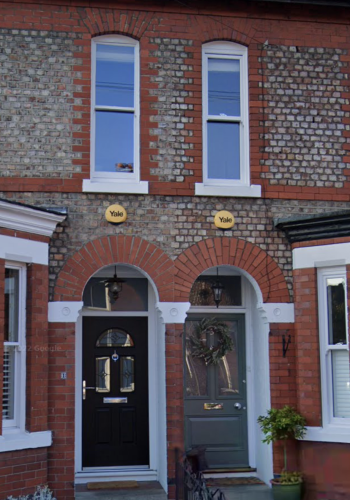







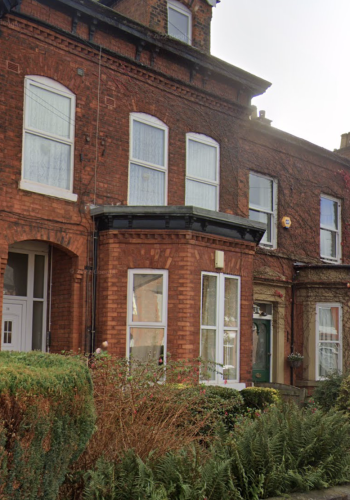



Enclosed or open porch
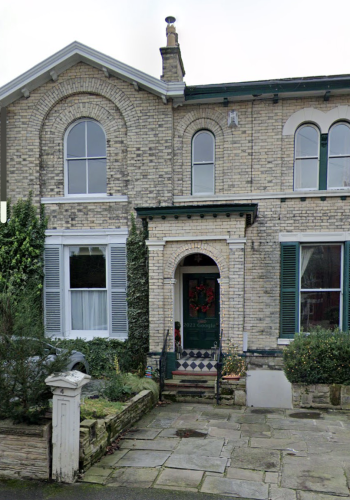







Canopy and porch





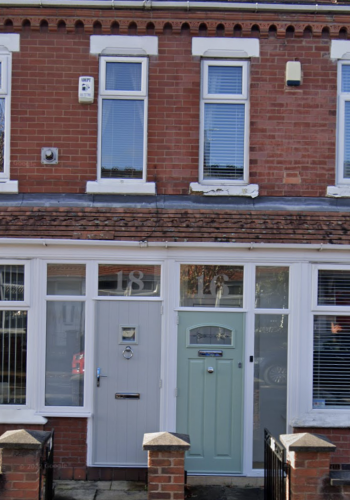

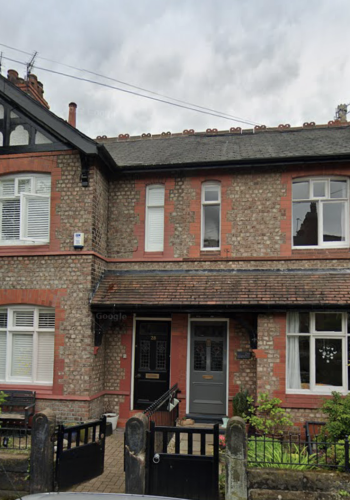




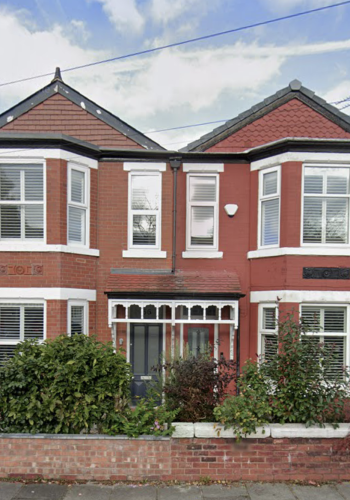



Recessed doorways










Recessed doorway

Recessed entrance

Integrated canopy

Enclosed porch
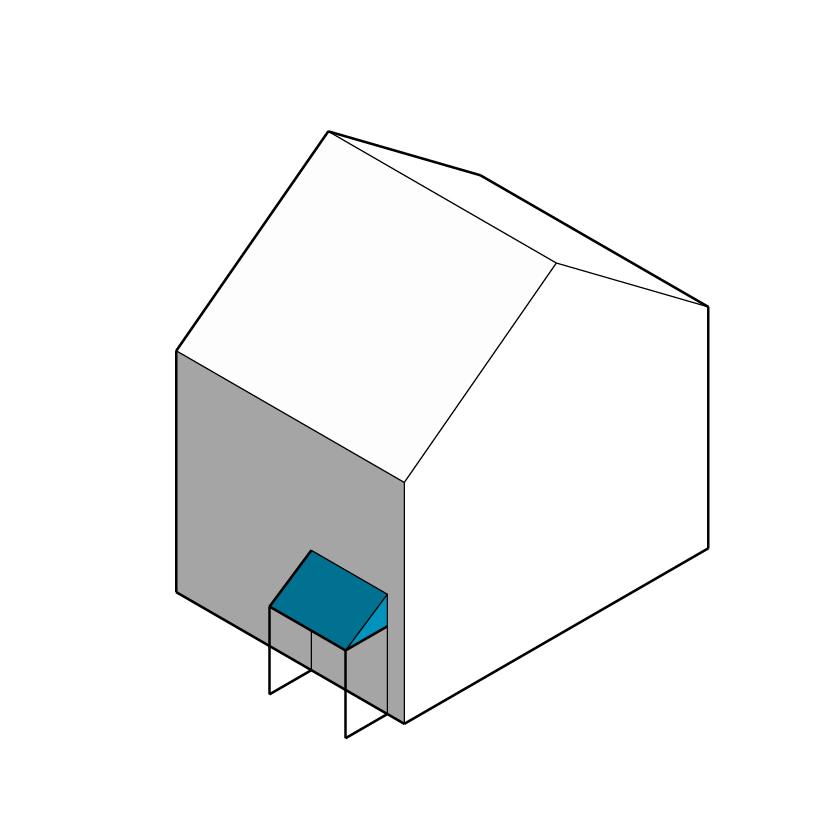
Open porch

Open canopy
Type, form and profile case studies

Calais Street
Calais Street, Lambeth by PRP Architects for Pinnacle Regeneration Group Fronting the historic park and within the Minet Conservation area, the approved scheme comprises of

Fairways View
Fairway View by Calderpeel Architects for Cube Homes The houses in Prestwich, Manchester display good use and balance of robust materials that are appropriate to

Somerbrook Homes
by Stonewood Design for Stonewood Homes This new development in Wiltshire of 38 homes displays a harmonious mixed palette of materials with a similar muted
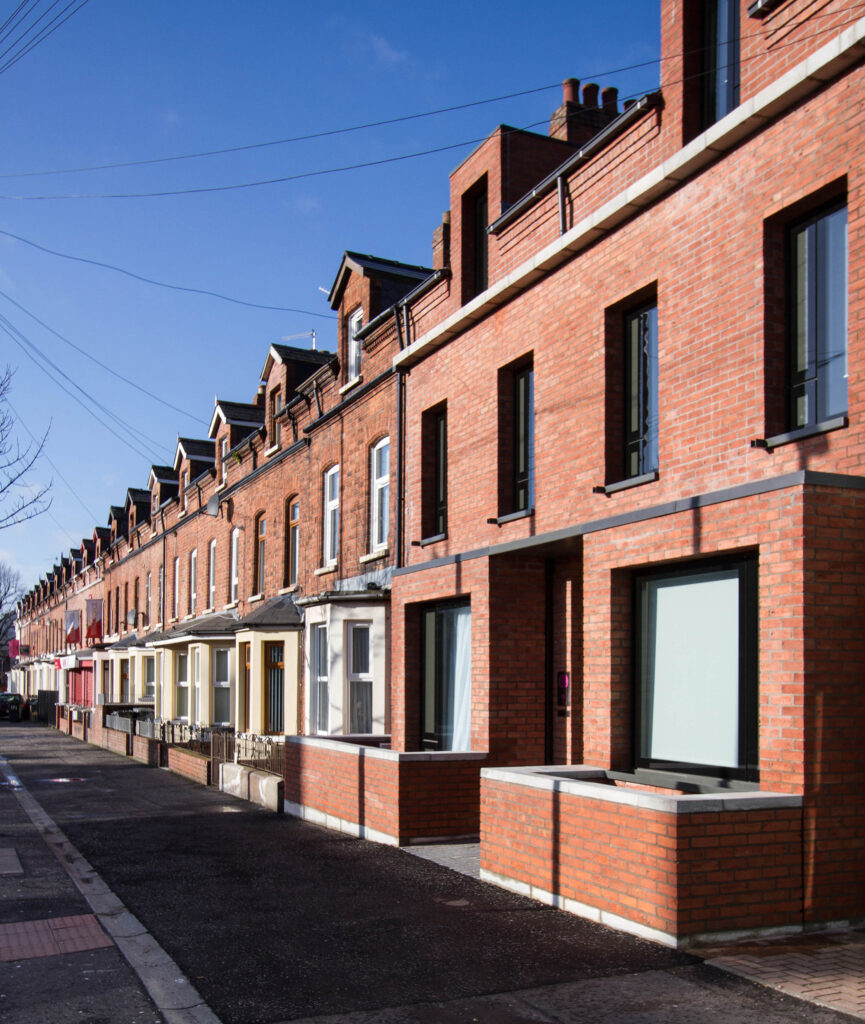
Home by Home
by MCGONIGLEMCGRATH Architects This project is one of 2 proposed Homes from Home for Clic Sargent, the UK’s leading cancer charity for children and young

Derwenthorpe
Derwenthorpe by Studio Partington for Joseph Rowntree Foundation Derwenthorpe was one of the first large-scale low carbon communities in northern England. Its ‘green’ heating and








